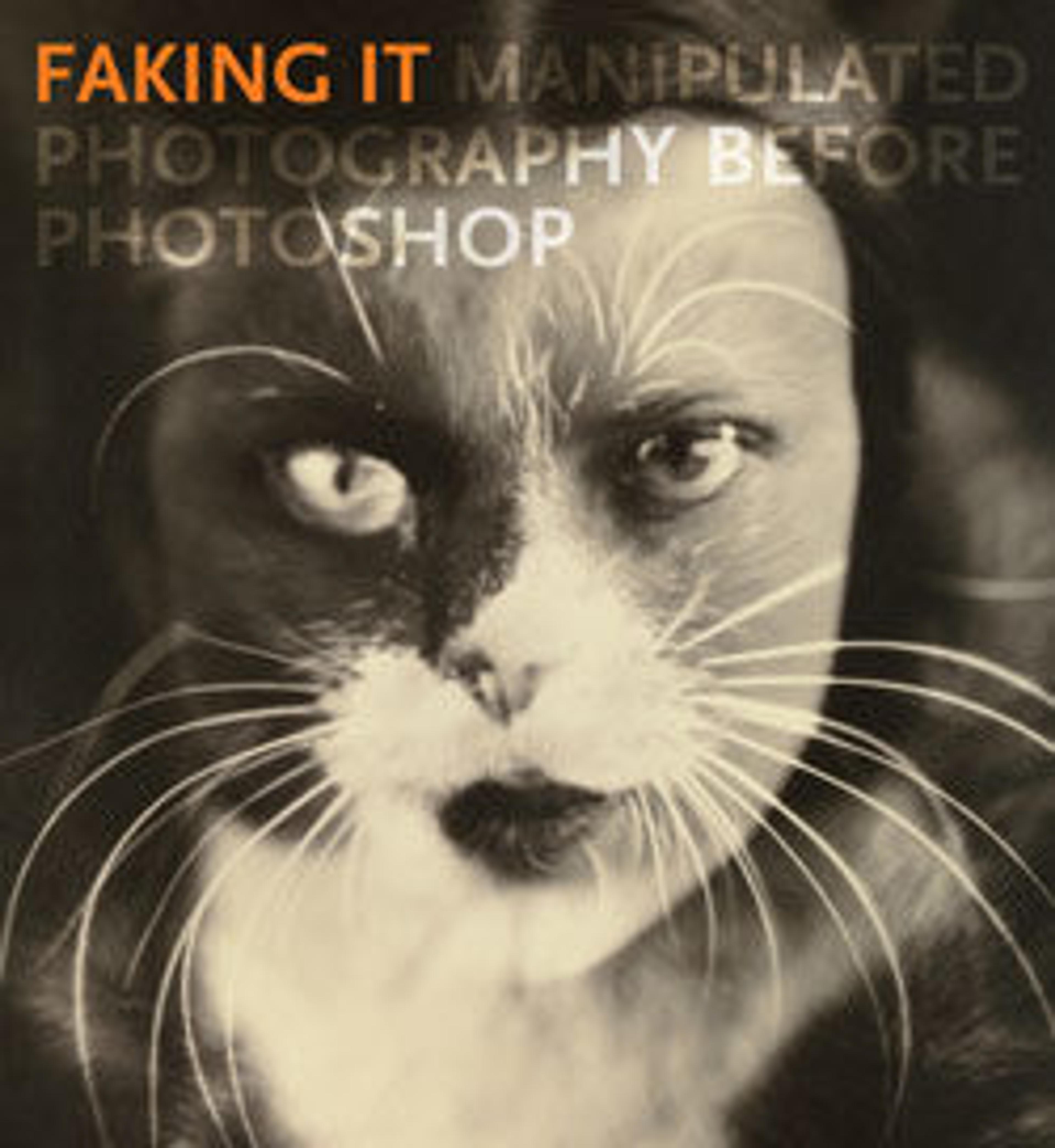Cape Horn, Columbia River, Oregon
Watkins, the consummate photographer of the American West, combined a virtuoso mastery of the difficult wet plate negative process with a rigorous sense of pictorial structure. For large-format landscape work such as Watkins produced along the Columbia River in Oregon, the physical demands were great. Since there was as yet no practical means of enlarging, Watkins's glass negatives had to be as large as he wished the prints to be, and his camera large enough to accommodate them. Furthermore, the glass negatives had to be coated, exposed, and developed while the collodion remained tacky, requiring the photographer to transport a traveling darkroom as he explored the rugged virgin terrain of the American West. The crystalline clarity of Watkins's remarkable "mammoth" prints is unmatched in the work of any of his contemporaries and is approached by few artists working today.
Artwork Details
- Title: Cape Horn, Columbia River, Oregon
- Artist: Carleton E. Watkins (American, 1829–1916)
- Date: 1867
- Medium: Albumen silver print from glass negative
- Dimensions: Image: 52.1 x 39 cm (20 1/2 x 15 3/8 in.)
Frame: 76.2 x 63.5 cm (30 x 25 in.) - Classification: Photographs
- Credit Line: Gilman Collection, Gift of The Howard Gilman Foundation, 2005
- Object Number: 2005.100.493
- Curatorial Department: Photographs
More Artwork
Research Resources
The Met provides unparalleled resources for research and welcomes an international community of students and scholars. The Met's Open Access API is where creators and researchers can connect to the The Met collection. Open Access data and public domain images are available for unrestricted commercial and noncommercial use without permission or fee.
To request images under copyright and other restrictions, please use this Image Request form.
Feedback
We continue to research and examine historical and cultural context for objects in The Met collection. If you have comments or questions about this object record, please complete and submit this form. The Museum looks forward to receiving your comments.
